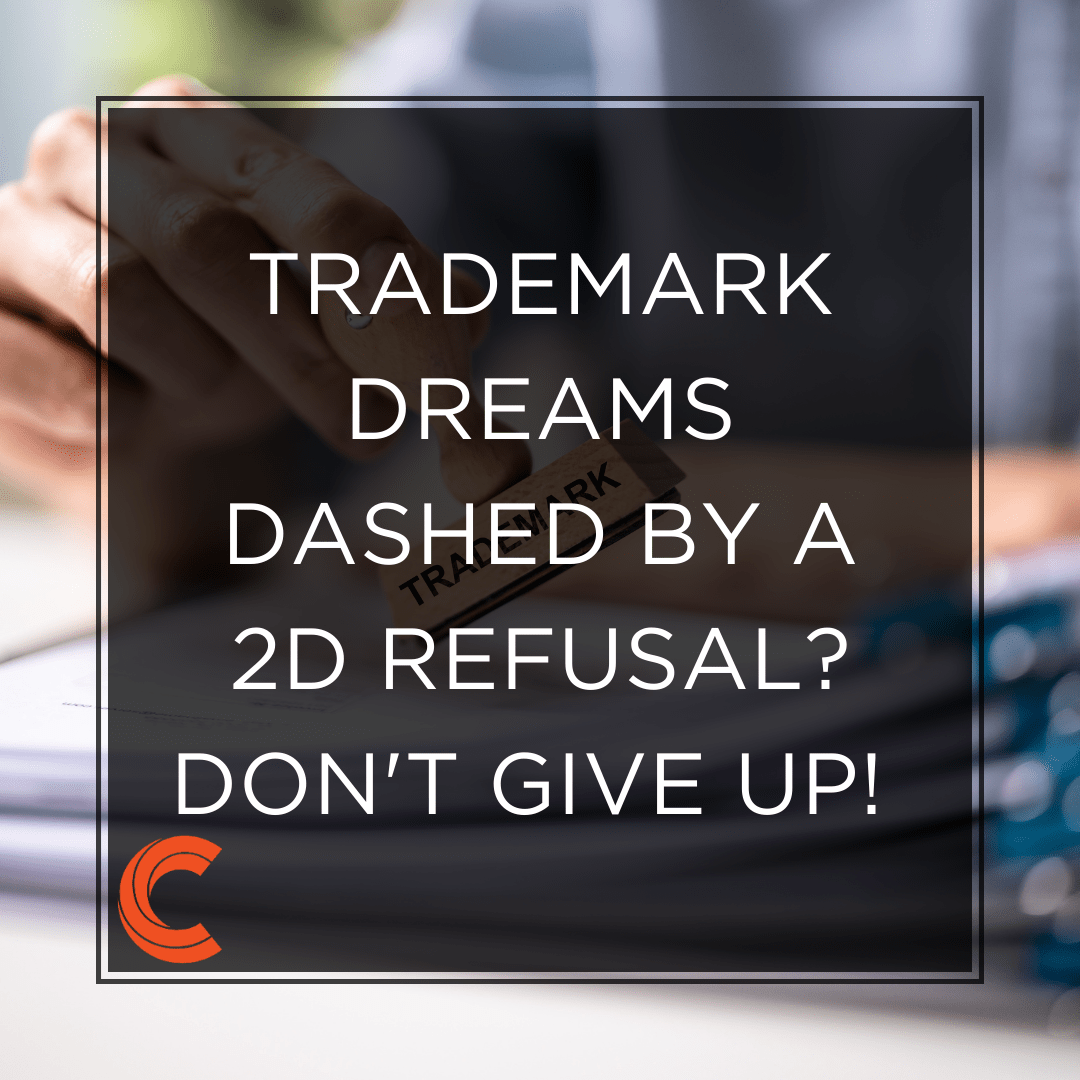Facing a trademark rejection can be disheartening. A 2D refusal, citing likelihood of confusion with an existing trademark, can feel like a dead end for your brand aspirations. But fear not! This doesn’t have to be the final chapter. With the right legal guidance, you can overcome this hurdle and turn your trademark dreams into reality.
Carbon Law Group Here to Help
At Carbon Law Group, we understand the complexities of trademark law. Our team has extensive experience in handling trademark applications and overcoming 2D refusals. We can help you navigate the process and develop a strategy to secure your trademark approval.
Understanding the 2D Refusal
The first step is understanding the basis for the 2D refusal. The USPTO (United States Patent and Trademark Office) examiner will issue an office action outlining the reasons for rejection. This typically involves concerns about potential confusion between your trademark and an existing registered mark.
Factors Considered in Trademark Similarity
Several factors determine if trademarks are similar enough to cause confusion:
- Similar Terms: Do the trademarks share identical or very similar words or phrases?
- First Term Comparison: Is the first word or phrase in each mark the same or highly similar?
- Target Audience: Are the goods or services associated with each mark targeted towards the same consumers?
- Length of Use: How long has the conflicting trademark been in use?
Strategies for Overcoming a 2D Refusal
There are several ways to address a 2D refusal:
- Challenging Similarity: We can analyze the trademarks and argue that they are actually distinct and unlikely to cause confusion for consumers. This might involve highlighting differences in meaning, pronunciation, or overall visual appearance.
- Obtaining Consent: Sometimes, reaching out to the owner of the conflicting trademark can lead to a consent agreement. If they don’t object to your mark’s registration, it can significantly strengthen your application.
- Cancellation of Conflicting Trademark: In some cases, we might explore the possibility of cancelling the trademark that’s blocking your application. This could be based on non-use (if the mark hasn’t been actively used for 3 years) or potential errors in the original application filing.
- Demonstrating Prior Use: If you have evidence of using your trademark before the conflicting mark’s filing date, this can establish priority and strengthen your case.
Working with an Experienced Trademark Attorney
The process of responding to a 2D refusal can be complex and requires a thorough understanding of trademark law. Consulting with an experienced trademark lawyer is crucial. Attorneys at Carbon Law Group can:
- Evaluate the office action and identify the best course of action.
- Prepare a persuasive response addressing the examiner’s concerns.
- Negotiate consent agreements with opposing parties.
- Represent you in Trademark Trial and Appeal Board (TTAB) proceedings, if necessary.
Don’t Let a 2D Refusal Stop Your Trademark Journey
A 2D refusal doesn’t have to be the end of your trademark journey. With the right legal support, you can overcome this obstacle and secure the trademark protection your brand deserves. Contact Carbon Law Group today for a free consultation and let our experienced team help you turn your trademark dreams into a reality.
Important Disclaimer: This blog post is for informational purposes only and should not be considered legal advice. Always consult with an attorney for specific questions regarding trademarks and the application process.





